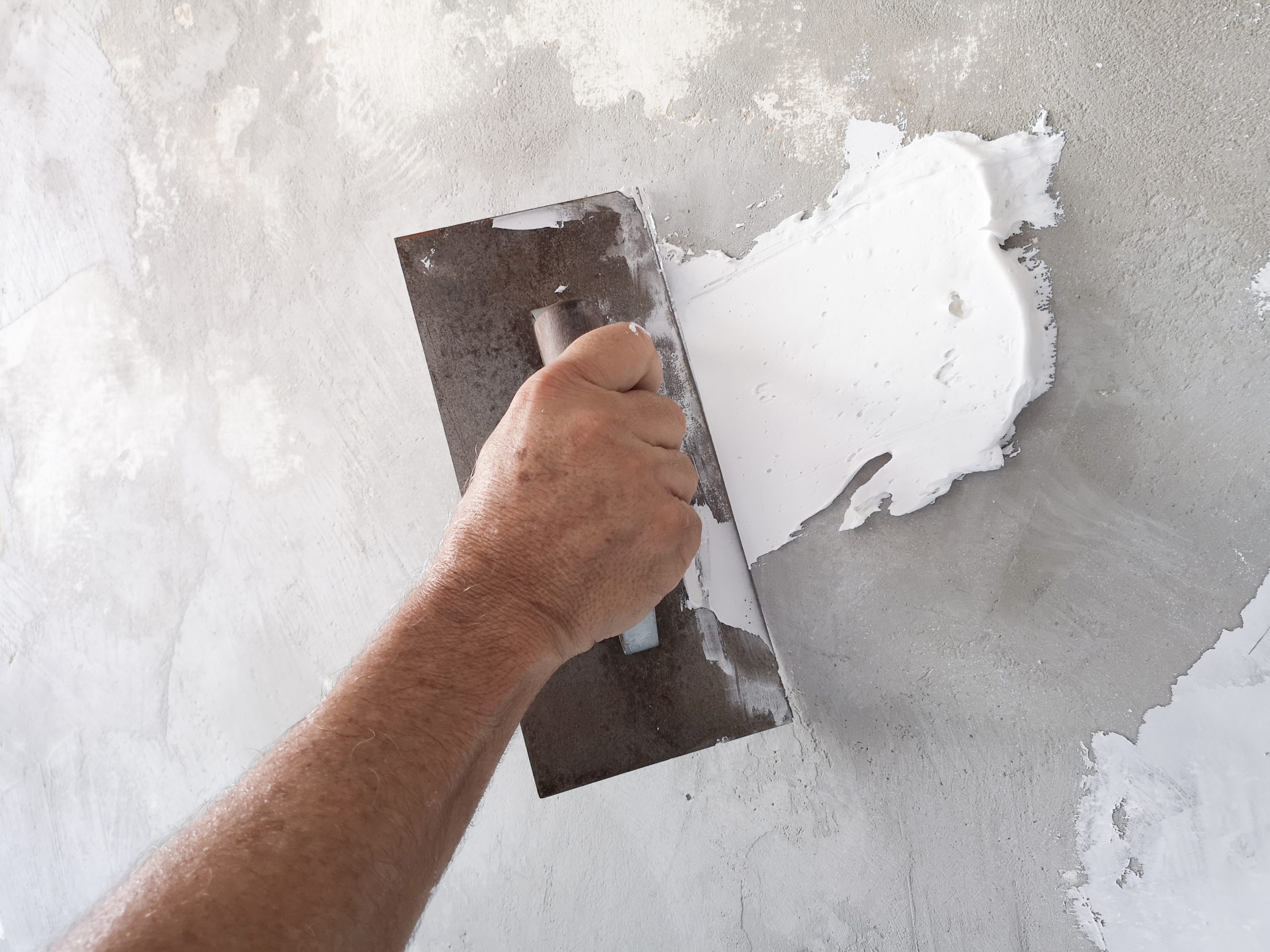Exterior Plastering: Protect and Improve Your Residential Property with Experience
Exterior Plastering: Protect and Improve Your Residential Property with Experience
Blog Article
Recognizing the Necessary Strategies of Gluing for Home Enhancement Projects
In the world of home enhancement, grasping the vital methods of gluing can significantly boost both the capability and aesthetic charm of a room. The smudging process incorporates important stages, from meticulous surface preparation to the exact application of materials.
Sorts Of Smudging Strategies
Although numerous gluing strategies exist, each serves a distinct purpose and provides unique visual qualities. Among one of the most common techniques is typical lime plastering, which is understood for its breathability and versatility. This strategy is particularly valuable for older structures, enabling wetness to get away while maintaining architectural honesty.
Another commonly utilized strategy is gypsum plastering, which involves the application of a quick-setting compound. It supplies a smooth surface and is ideal for interior wall surfaces and ceilings, making it a prominent option in modern building. For an extra textured appearance, trowel-on plastering methods such as stucco and Venetian plaster are often utilized. Stucco, generally utilized in exteriors, gives resilience and weather condition resistance, while Venetian plaster is renowned for its elegant, refined coating.
Furthermore, there are much more specialized methods, such as skimming, which is a procedure that includes applying a thin layer of plaster over existing surface areas to produce a smooth coating. Each of these strategies can dramatically influence the total visual and capability of an area, making it vital to choose the suitable technique based upon the certain demands of a job.

Tools and Materials Needed

Necessary devices and products are critical for effective plastering, making certain both efficiency and high quality in the application process. A comprehensive plastering toolkit typically consists of a hawk, trowels, and a float. The hawk works as a platform to hold the plaster, while the trowels, offered in numerous dimensions, are vital for application and smoothing. A float, commonly made from rubber or sponge, is utilized to attain a consistent finish.

Spending in top quality devices and materials inevitably contributes to an extra successful smudging task, yielding a resilient and cosmetically pleasing coating. Correctly furnished, you lay the foundation for effective gluing and home improvement.
Step-by-Step Plastering Process
With the right tools and materials in hand, the next stage involves performing the smudging procedure with precision. Begin by preparing the surface to make sure optimal adhesion. Eliminate any kind of loose debris, dirt, or old plaster, and apply a bonding agent if needed.
Once the surface area is prepped, blend the plaster according to the manufacturer's guidelines, achieving a smooth, lump-free uniformity. Utilizing a trowel, apply the very first coat, called the scrape layer, to look at this now a thickness of regarding 5-10 mm. Make certain uniform coverage, and utilize a comb or scratcher to produce grooves for far better bond of succeeding layers.
After enabling the scrape coat to set partially, use the 2nd layer, or the brown coat, smoothing it out for an also surface. Enable this layer to completely dry, normally for 24-48 hours, relying on the conditions. Ultimately, apply the completing layer, which must be thinner and smoother. Plume the edges to blend right into the bordering surface, accomplishing a smooth look.
When the plaster has actually dried extensively, it can be sanded gently to get rid of flaws. Comply with up with a guide prior to painting for a sleek last look.
Usual Errors to Prevent
Stopping working to recognize usual errors can dramatically impact the top quality of your plastering task. Ignoring to fix any kind of underlying concerns, such as moisture or architectural damage, can endanger the plaster's honesty.

Timing is additionally essential; lots of unskilled plasterers rush the application. Enabling the preliminary layer to dry completely before using subsequent layers is necessary to avoid extreme fracturing and contraction.
In enhancement, not utilizing the right devices can hinder the finishing procedure. Using trowels that are little or too large can influence your control and the smoothness of the surface.
Tips for Finishing Touches
Accomplishing a flawless surface in plastering calls for interest to detail find here and a couple of strategic techniques. Once the first application has actually dried, begin the ending up procedure by utilizing a damp sponge or trowel to ravel any flaws. This action not only improves the surface area but also helps to remove any type of excess plaster that may have dried erratically.
Following, take into consideration using a fine-grit sanding block or pole sander for an extra sleek appearance. Fining sand ought to be done delicately to avoid damaging the underlying layer - Plastering. Constantly put on a mask to protect versus dirt breathing
After sanding, evaluate the surface under different illumination problems to recognize any missed out on incongruities or places. Use a thin layer of completing plaster if needed, feathering out the sides to blend seamlessly with the surrounding location.
Conclusion
In verdict, understanding crucial plastering techniques considerably improves the high quality of home renovation tasks. Understanding the different kinds of smudging techniques, making use of ideal devices and materials, and sticking to an organized application process contribute to achieving a sturdy and smooth coating.
In the realm of home enhancement, grasping navigate here the crucial strategies of plastering can considerably improve both the capability and visual allure of a space.Although different smudging methods exist, each offers a distinct purpose and supplies distinct visual qualities. Plastering. For a much more textured look, trowel-on plastering techniques such as stucco and Venetian plaster are usually employed. Stucco, generally made use of in outsides, provides sturdiness and climate resistance, while Venetian plaster is renowned for its extravagant, refined coating
Frequently made use of plaster kinds include gypsum plaster, lime plaster, and cement-based plaster, each offering different functions and environments.
Report this page